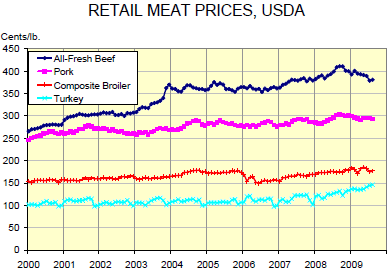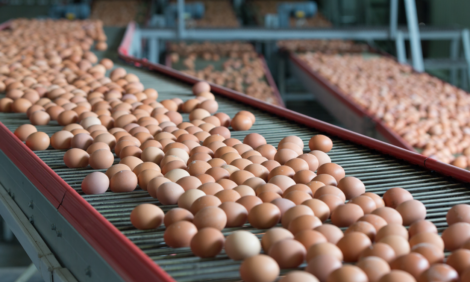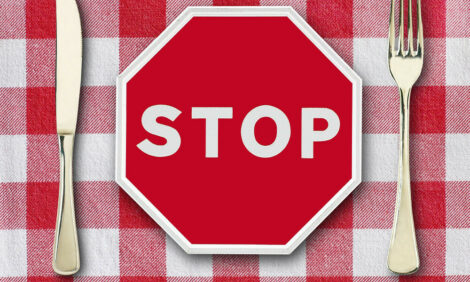



CME: August Sees Increase in Broiler and Turkey Prices
US - USDA’s Economic Research Service released its monthly estimates of average retail prices of meat and poultry in August earlier this week, reports Steve Meyer and Len Steiner.Prices of beef, chicken and turkey increase in August with broiler prices showing the largest gain at just 1.1 per cent. Turkey prices grew by slightly less during August while the all-fresh beef price which includes both Choice and Select grade product increased by 0.5 per cent from July. Pork prices declined by 0.8 per cent during the month.
The average retail prices for both beef and pork in August were lower than one year ago and that drop was significant (6.9 per cent) for beef. The retail pork price was 2.8 per cent lower according to USDA.
Turkey prices in August were 13.4 per cent higher than in August 2008 - a result that really is not a surprise given the size of turkey slaughter reductions this year. Total turkey slaughter is down 5.4 per cent YTD as of 29 August and several weeks this summer have seen slaughter totals that are 8-9 per cent lower than in the corresponding week last year.
Broiler prices showed a healthy year-on-year gain in August as well with whole broilers up 5.2 per cent and the composite broiler price gaining 1.6 per cent over last year. The broiler sector’s cutbacks have been consistent and, by broiler standards, very large. Broiler slaughter has been smaller in every non-holiday week of 2009 and YTD slaughter is 4.4 per cent lower than last year. YTD slaughter was lower than year-ago levels in early September in only one other year (2003) in our data set that runs back to 1988.

At what time of year is pork demand the strongest? We would bet that many would say summertime. Grilling, ribs, BLT sandwiches, hot dogs — all of those must push pork demand to its highest level of the year, right? Besides it shows up in prices which are, in "normal" years, at their peak in June and July. So it must be summer.
But the data say that that logic is wrong. The chart below shows monthly real per capita expenditures for pork at the retail level. This metric is computed using the exact same data as the demand indexes computed by the University of Missouri for all species and by Kansas State University for beef. The only difference is that those indexes use an assumed elasticity y where this metric implicitly uses the elasticity in the marketplace by using contemporaneous prices and quantities and, thus, whatever negative relationship exists between them at any point in time. It is clear that pork demand is actually strongest in the fall when pork disappearance is high and prices do not fall significantly. Summer months are just the opposite — per capita disappearance/consumption is low and prices do not rise significantly. One obvious possibility is that the ERS retail price series is too stable — and that is born out to some degree by the top graph. One would expect more variation given seasonal and cyclical swings in production.












